For years, the promise of foldable phones and tablets has been tantalizingly close, yet frustratingly out of reach. While the hardware has become increasingly impressive, the software experience has often lagged behind. Many apps simply don’t look or function as well on larger, more dynamic screens. This is where Android 16 and 17 come in. Google is poised to revolutionize the app experience on these devices, finally unlocking their full potential.
Why is this happening now?
Simply put, the technology has matured. Foldable phones are no longer a niche experiment. Samsung, for instance, has seen tremendous success with its Galaxy Z Fold and Z Flip series. As these devices become more mainstream, the demand for a seamless software experience grows. Google, recognizing this shift, is taking decisive steps to ensure Android is ready for the foldable future.
What’s Changing?
Android 16, slated for release in mid-2025, lays the groundwork by removing restrictions that allow developers to lock their apps into specific screen orientations. This means no more apps stubbornly stuck in portrait mode on your tablet or awkward black bars on your foldable. Instead, apps will be encouraged to dynamically adjust to different screen sizes and aspect ratios.
Android 17, expected in 2026, takes this a step further. It will completely eliminate the ability for developers to lock their apps to specific sizes and orientations. This effectively forces developers to optimize their apps for all screen types, ensuring a consistent experience across the Android ecosystem.
The Impact on Users
These changes translate to a significantly improved user experience:
- Better App Aesthetics: Say goodbye to those jarring black bars and distorted layouts. Apps will look polished and natural on any screen.
- Enhanced Multitasking: Imagine seamlessly running multiple apps side-by-side on your foldable, or enjoying a full-screen immersive experience on your tablet. Android 16 and 17 will make this a reality.
- Improved DeX Mode: Samsung DeX users will also benefit, as apps will run more smoothly in windowed mode, offering a true desktop-like experience.
Challenges for Developers (and Opportunities)
While these updates are undoubtedly good news for users, they present a challenge for developers. They will need to adapt their apps to these new requirements, which could involve significant reworking of existing code. However, Google is providing tools and resources to help developers make this transition. Moreover, this presents an opportunity for developers to rethink their app design and create truly innovative experiences for foldable and tablet users.
A Deeper Dive into the Changes
Let’s explore the specific changes coming in Android 16 and 17 in more detail:
Android 16:
- Removing Orientation Restrictions: This is a crucial first step. By preventing developers from locking their apps into specific orientations, Google is ensuring that apps are usable in both landscape and portrait modes on all devices. This is particularly important for foldable phones, which can be used in a variety of configurations.
- Encouraging Dynamic Layouts: Android 16 will encourage developers to adopt responsive layouts that adapt seamlessly to different screen sizes and aspect ratios. This means that apps will look good and function correctly whether you’re using a small phone, a large tablet, or a foldable device.
- Improving DeX Mode: For users who rely on Samsung DeX to turn their phone or tablet into a desktop computer, Android 16 brings improvements to how apps render and resize in windowed mode. This will make the DeX experience smoother and more productive.
Android 17:
- Mandatory Universal Compatibility: Android 17 takes things a step further by making universal compatibility a requirement. Developers will no longer have the option to restrict their apps to specific sizes or orientations. This means that all apps will need to be designed to work on any Android device, regardless of screen size or form factor.
- Fallback for Unoptimized Apps: To ensure a consistent experience, Android 17 will forcefully stretch unoptimized apps to fit larger screens. While this might not always result in the most aesthetically pleasing layout, it will serve as a strong incentive for developers to update their apps.
Google’s Support for Developers
Google understands that these changes will require effort from developers. To ease the transition, they are providing a range of tools and resources:
- Espresso Testing Framework: This framework allows developers to test their apps across a variety of screen sizes and configurations, ensuring they function correctly on all devices.
- Jetpack Compose Testing APIs: These APIs simplify the process of testing UI elements in Jetpack Compose, making it easier for developers to create responsive and adaptive layouts.
- Design Guidelines: Google is also providing updated design guidelines to help developers create apps that look and feel great on foldable phones and tablets.
The Future of Foldable Apps
With Android 16 and 17, Google is sending a clear message: foldable phones and tablets are here to stay. By encouraging developers to embrace these new form factors, Google is paving the way for a future where apps are truly optimized for large screens and dynamic displays. This will not only benefit users, but it will also drive innovation in app design, leading to new and exciting experiences that we can’t even imagine today.
The upcoming changes in Android 16 and 17 represent a significant step forward for foldable phones and tablets. By addressing the long-standing challenges of app compatibility and optimization, Google is finally unlocking the full potential of these devices. This is an exciting time for Android users, and I can’t wait to see what the future holds for foldable apps.


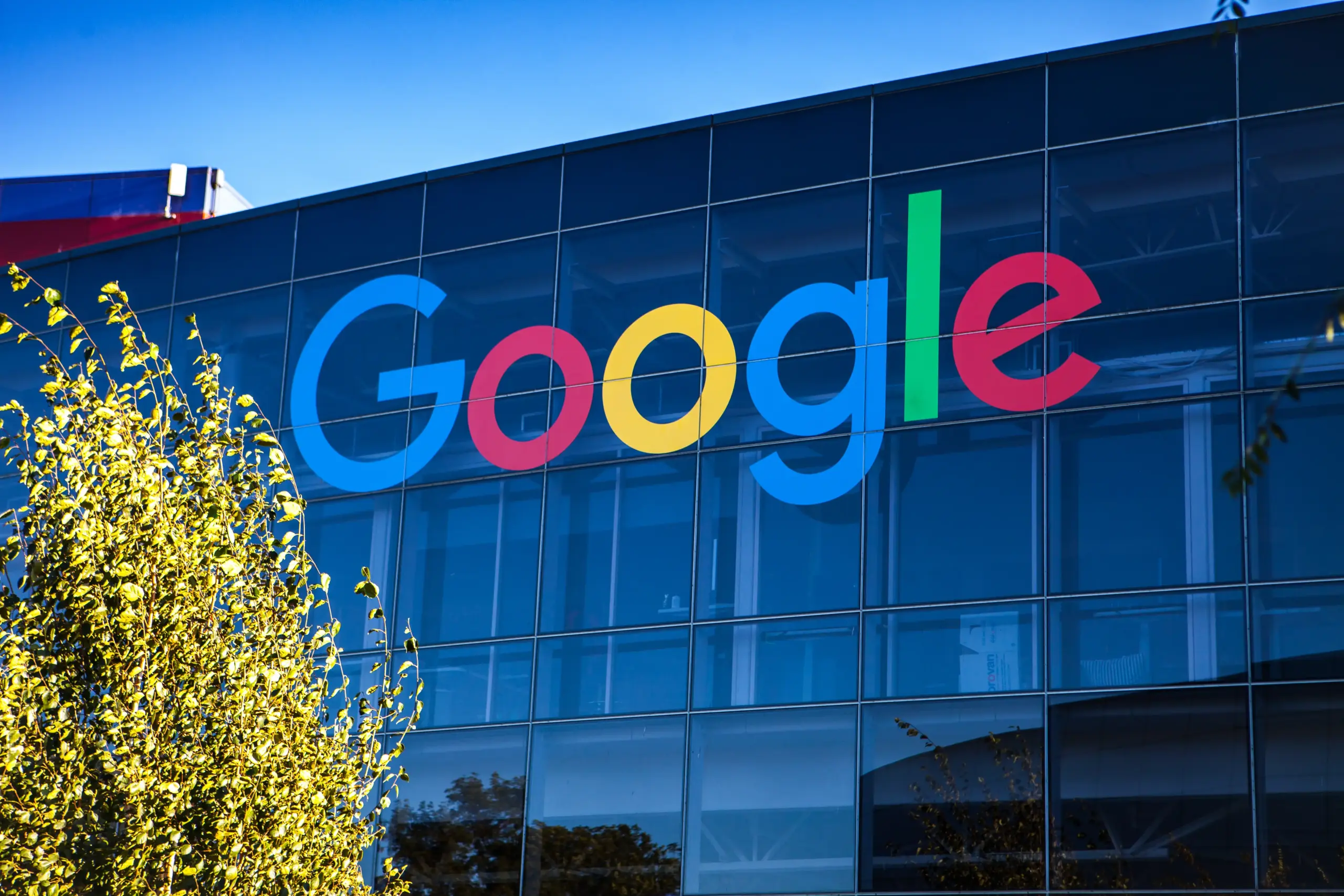
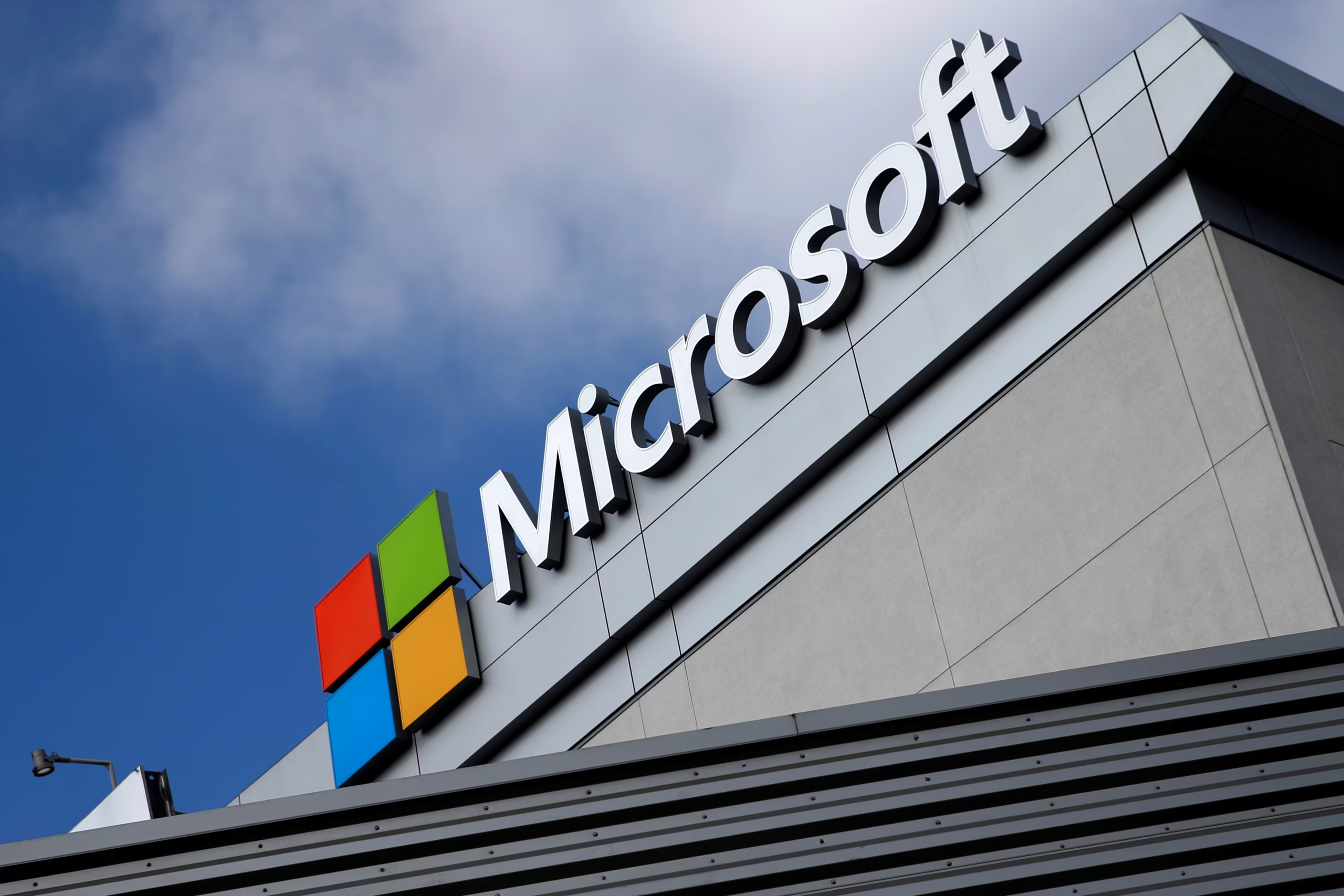

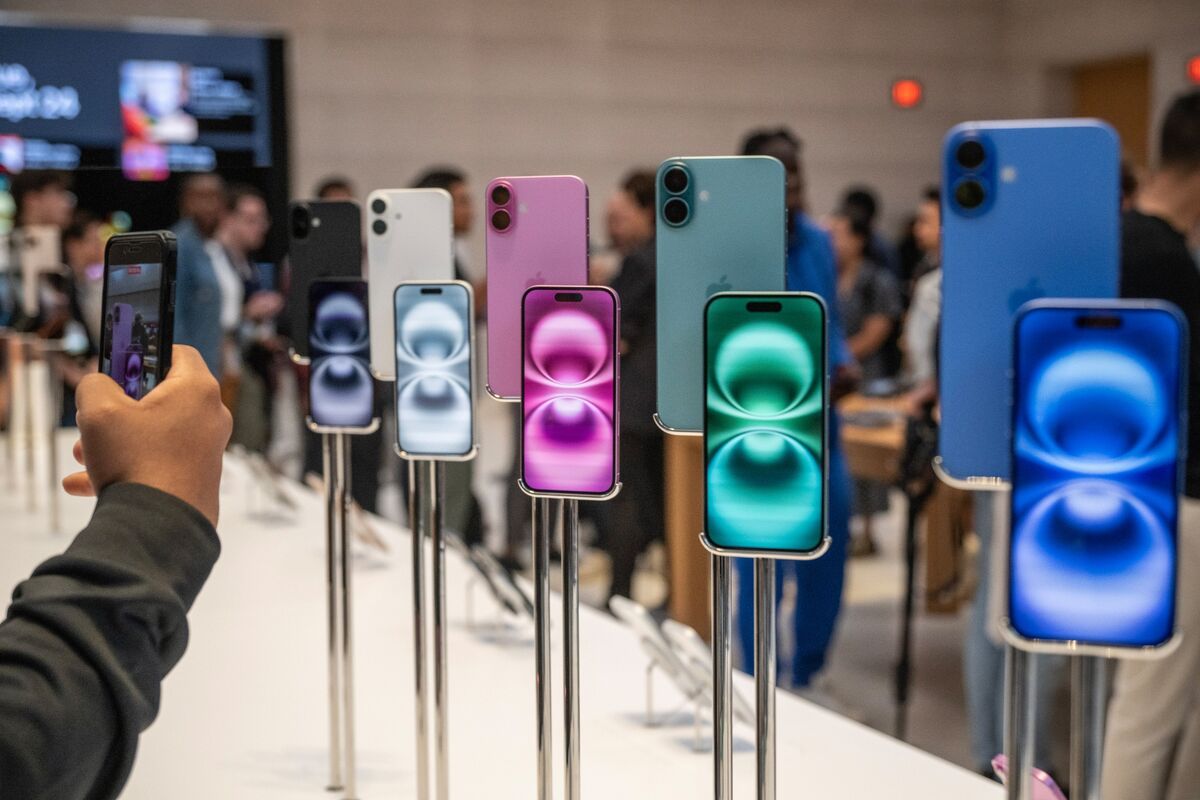
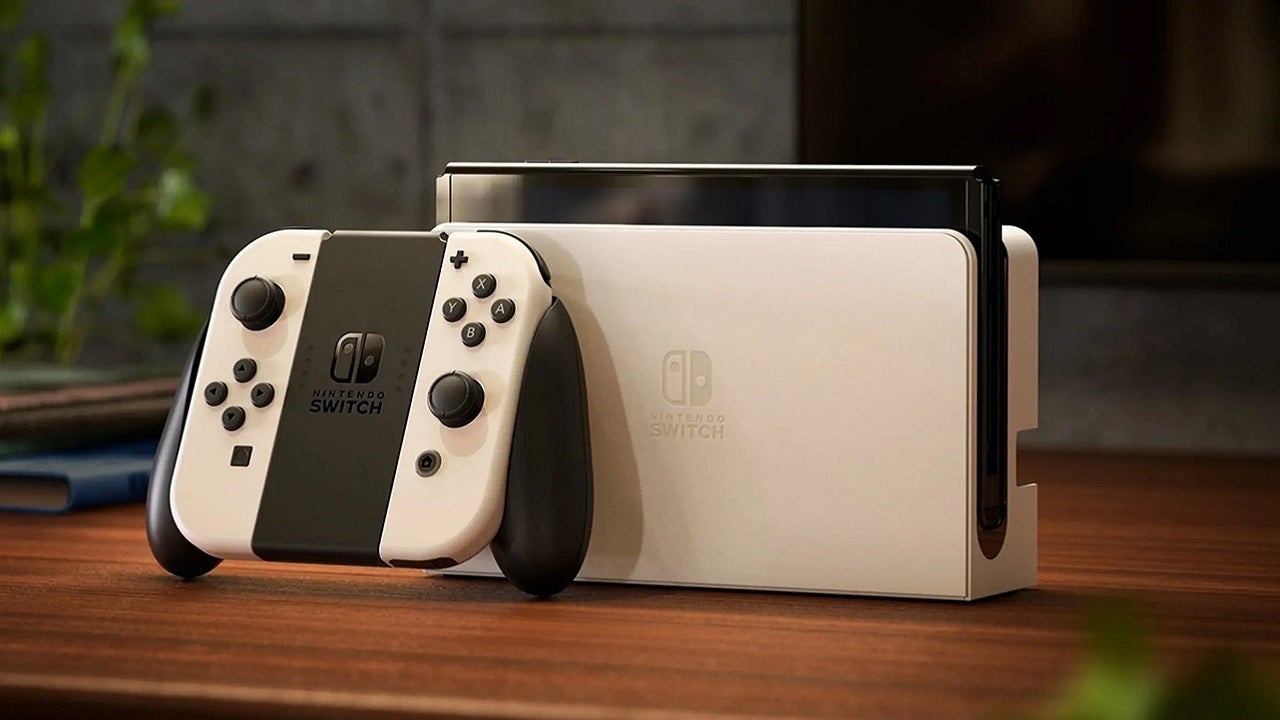
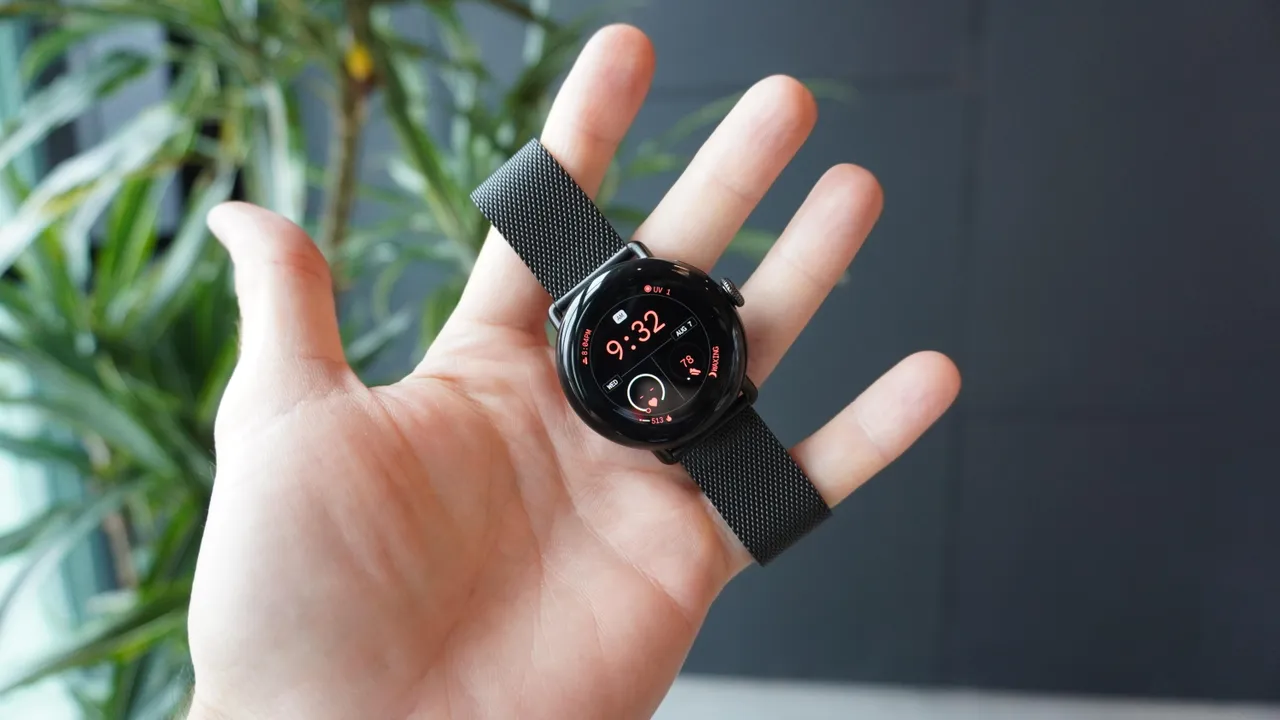

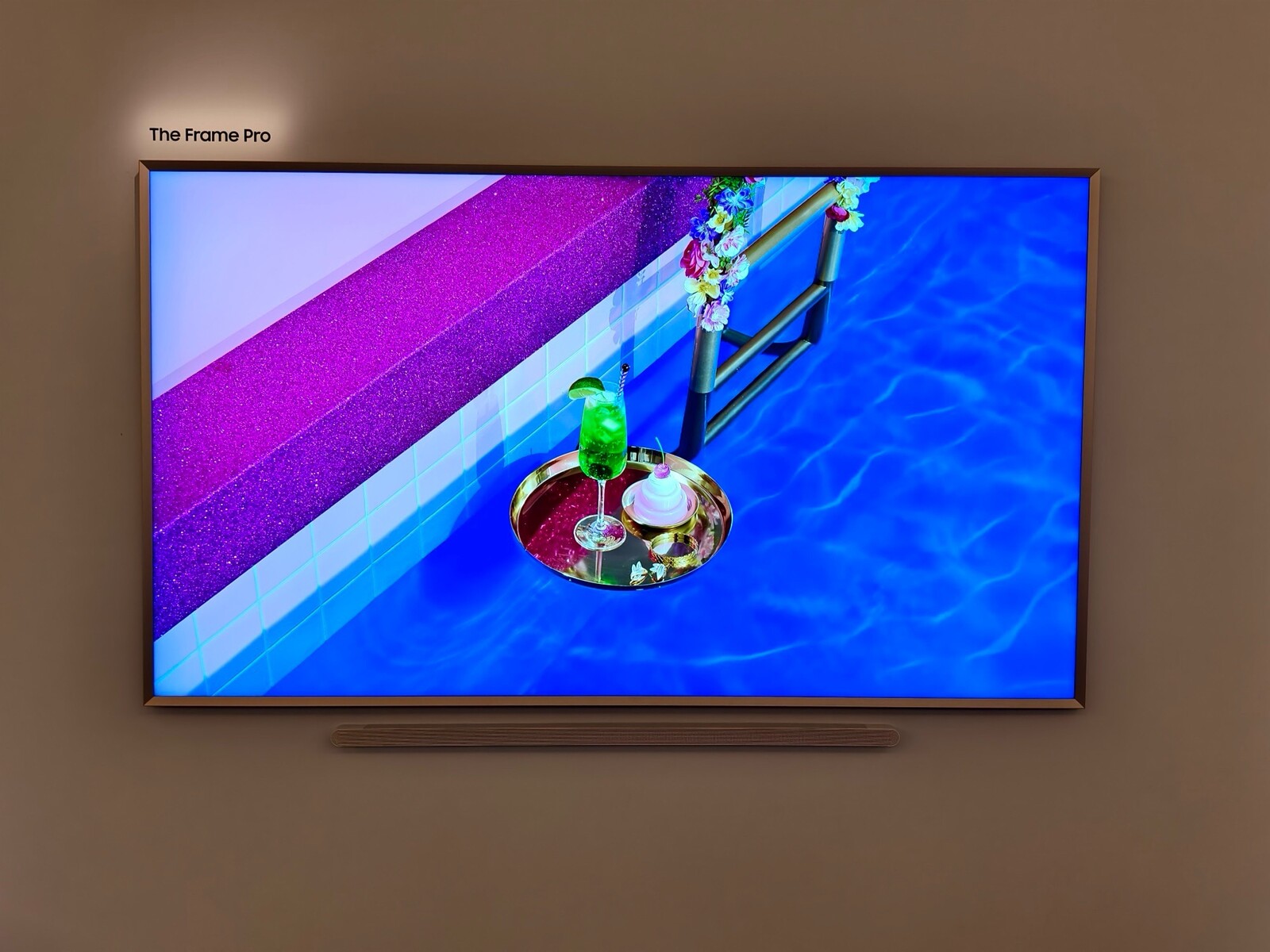
Add Comment